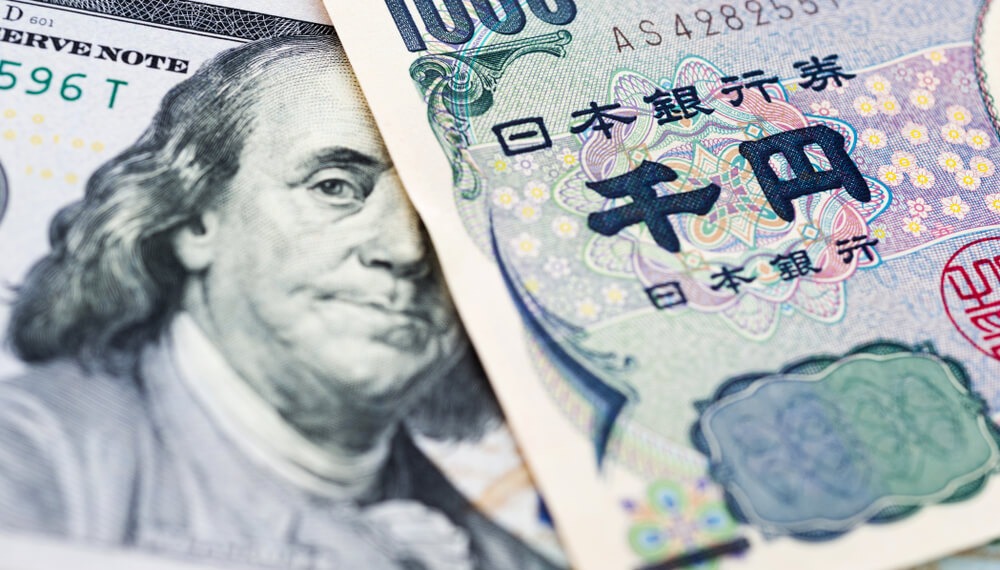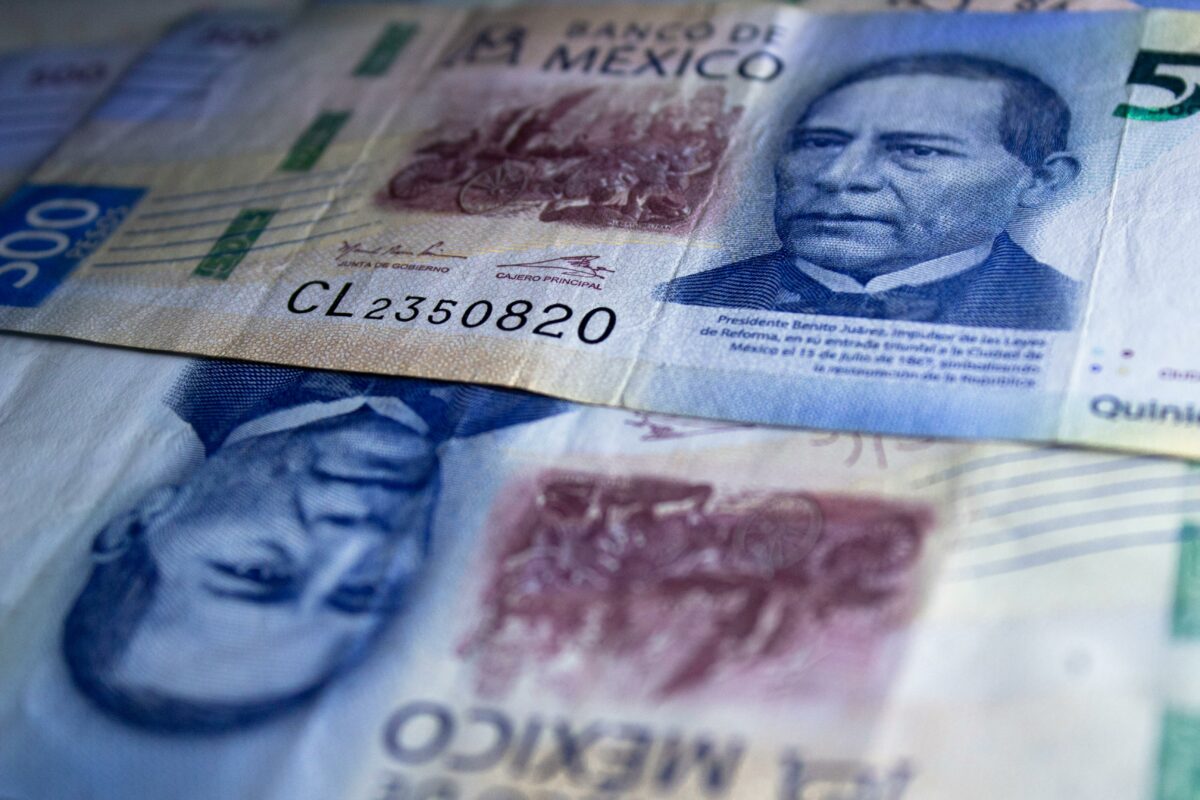Key Points:
- The USD/JPY pair dropped to 154.30 amid a weakened US dollar and Japan’s significant trade surplus shift.
- Japan’s trade surplus of ¥366.5 billion in March supports the yen, indicating a stronger export performance.
During the Asian trading session on Thursday, the USD/JPY currency pair witnessed its second consecutive session of decline, marking a significant movement. The pair dropped to a level of 154.30, influenced heavily by a decrease in the value of the US dollar. Japan’s trade balance showed improvement, reporting a surplus of ¥366.5 billion in March. Consequently, this strengthened the yen, contrasting sharply with the previous deficit of ¥377.8 billion.
Trade Surplus Leap, Bolsters USD/JPY
Japan’s shift from a deficit to a surplus in March significantly impacted the yen, providing robust support against the dollar. This turnaround is a positive sign for the Japanese economy, suggesting a potential shift in economic dynamics and international trade patterns. Furthermore, the surplus indicates a stronger export performance, possibly buoyed by increased global demand and competitive pricing of Japanese goods.
Geopolitical Strife Boosts USD/JPY as Safe-Haven Asset
Recent geopolitical tensions in the Middle East have increased safe-haven inflows into the Japanese yen, a typical response when investors seek stability. Such geopolitical uncertainties often lead investors to move away from perceived riskier assets like stocks into safer assets such as the yen, traditionally seen as a haven during global instability.
Chinese Steel Tariffs Raised to 7.5%
On Wednesday, US President Joe Biden announced a significant policy proposal concerning the Chinese steel sector in Pittsburgh. His administration plans to triple the tariff rate on imported Chinese steel and aluminium, raising it from the existing 7.5%. This move, reported by CBS News, is expected to have considerable implications for international trade dynamics and could influence currency valuations due to shifts in trade balances and economic policies.
Japan’s March CPI Release to Shape Monetary Policy
Investors are keenly awaiting the release of Japan’s National Consumer Price Index (CPI) for March, scheduled for Friday. Expectations lean towards a moderation in consumer prices, which could provide insights into the Bank of Japan’s future monetary policy decisions. A lower-than-expected CPI suggests less upward pressure on prices, easing inflation concerns.
Fed Officials Divided Over Future Monetary Policies
The Federal Reserve remains committed to maintaining elevated interest rates amidst a robust US economy and persistent inflation concerns. Recent comments from Fed officials, including Loretta Mester and Michelle Bowman, have highlighted the ongoing debate within the Fed regarding the future path of monetary policy. Mester highlighted that inflation continues to exceed expectations, suggesting a need for a continued restrictive policy. Conversely, Bowman observed that progress on inflation might be stalling. This hints at the difficult decisions the Fed faces in the upcoming months.














